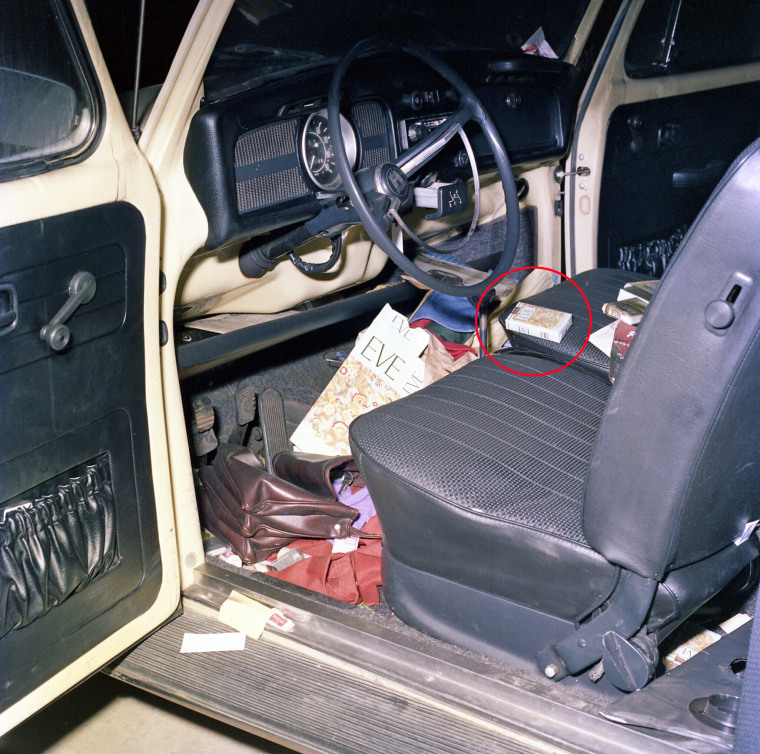A man from Ohio was accused by the murder of decades of a California woman after the authorities linked him to a fingerprint found in a cigarette package at the victim’s Volkswagen Beetle, authorities said.
The impression belonged to Willie Eugene Sims, 69, and was discovered in the 24 -year -old Jeanette Ralston’s car, said Rob Baker, vice -prosecutor of Santa Clara County.
Ralston seemed to have been strangled and sexually assaulted when his body was found in VW’s back seat on February 1, 1977, near a bar in San Jose, Baker said.

The DNA found on Ralston’s nails and the supposed crime weapon – a shirt used for strangle – was found later to match Sims, said Baker.
Sims is scheduled to be sued Thursday in San Jose on a murder accusation, Baker said in an email. It was not immediately clear if he has a lawyer to speak on his behalf.
He faces a maximum arrest sentence of 25 years in life imprisonment.
Baker said investigators had already sought to identify the impression through an FBI database. But these efforts were useless, he said.
Then, last year, Baker said his office “played a Mary” and ran the impression again after the FBI updated the research algorithm in the fingerprint database. The effort was successful, he said, and produced a “success” for Sims, who lived in Ashtabula County, northeast of Cleveland.

Baker said to the NBC Bay area that Ralston’s son, who was 6 when his mother was killed, told him that he was grateful for the prison of Sims.
“Your birthday is coming,” said Baker. “He said this was a great birthday gift.”
Ralston was found dead after her friends told authorities that she left the bar with an unknown man just before midnight January 31, 1977, Baker said. Your VW was found the next day in the garage area of an apartment complex near the bar.
His killer tried to burn the vehicle, but failed, Baker said.
At the time, Sims was a deprived private for what was then an army base in Monterey County south of San Francisco, Baker said.
In 1978, he was convicted of assault on the intention of committing murder and theft in a case of Monterey County, California, involving another woman, show court documents. Sims was sentenced to four years in prison.
Sims left California long before DNA became an essential forensic tool for law enforcement, Baker said, and although his impressions were in the FBI database, it was not until August when Baker was notified of Sims identity.
“Forensic genealogy gets full attention today,” said Baker. “But a retired prosecutor from the San Diego office Cold case told me years ago never to underestimate latent printing survey since the FBI updated the algorithm.”
Baker also said he trusted a powerful new forensic tool known as Strmix to help develop DNA profiles from evidence of the crime scene.
The tool uses statistical modeling to analyze small and complex mixtures of genetic material that would probably have been considered unusable a decade ago.


